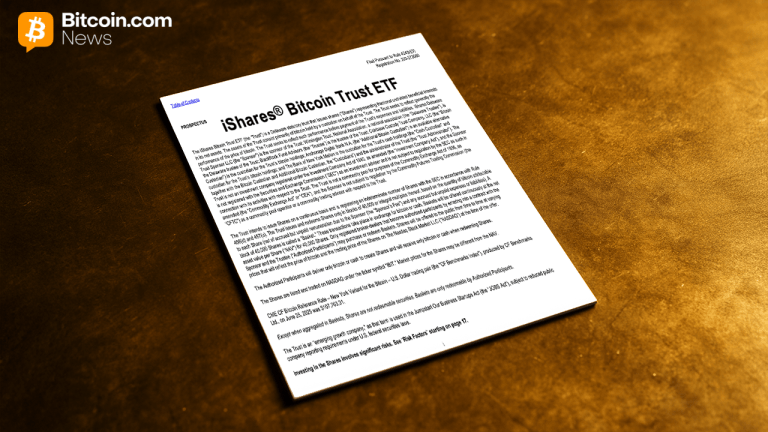The Elusive Satoshi Nakamoto: Last Emails Reveal Bitcoin Creator’s Thoughts Before Disappearing Over a Decade Ago – Featured Bitcoin News
3 min read
Twelve years ago, on this very day of April 23, 2011, a cryptic individual, known only as Satoshi Nakamoto, penned one of the final correspondences to software developer Mike Hearn. The elusive mastermind behind Bitcoin conveyed in the message that he, she, or they had “moved on to other things” and confidently asserted that the project was entrusted in “good hands.”
Behind the Bitcoin Curtain: The Final Correspondence of Satoshi Nakamoto
Following the creation of Bitcoin and the initial implementation of the technology, the enigmatic Satoshi Nakamoto vanished from the public eye in December of 2010. The last public message from the elusive innovator was issued on December 12th of that year, in which Nakamoto underscored that “there’s more work to do on [denial-of-service] DoS.” Subsequently, Nakamoto corresponded with a few of the developers behind Bitcoin, including Mike Hearn and Gavin Andresen.
Hearn received an email from Nakamoto on April 23rd, 2011, titled “Holding coins in an unspendable state for a rolling time window,” in which he inquired about the possibility of Nakamoto’s return to the Bitcoin community. However, Nakamoto asserted that he, she, or they had “moved on to other things,” confidently stating that the project was in “good hands with Gavin and everyone.” The Bitcoin creator also expressed hope for the continued development of Bitcoinj, Mike Hearn’s Java version of Bitcoin, as it “gives Java devs something to work on.”
Nakamoto: ‘Instead, Make It About the Open-Source Project’
A few days later, Andresen received an email from Nakamoto, in which the pseudonymous innovator expressed frustration with the negative portrayal he received in the press. “I wish you wouldn’t keep talking about me as a mysterious shadowy figure,” wrote Nakamoto. “The press just turns that into a pirate currency angle. Maybe instead make it about the open-source project and give more credit to your dev contributors; it helps motivate them.” This email is widely considered to be the last known communication from Bitcoin’s enigmatic creator to anyone.
There was speculation on March 7th, 2014, when an article in Newsweek claimed that the creator of Bitcoin was a 64-year-old Japanese-American named Dorian Nakamoto. However, a message purportedly authored by Nakamoto appeared on the P2P Foundation’s online forum stating, “I am not Dorian Nakamoto.” Since then, no additional messages from the elusive Bitcoin creator have surfaced, and the emails to Hearn and Andresen remain a poignant reminder of Nakamoto’s decade-long absence from public view.
What do you think happened to Satoshi Nakamoto? Share your thoughts and theories in the comments below.
Image Credits: Shutterstock, Pixabay, Wiki Commons
Disclaimer: This article is for informational purposes only. It is not a direct offer or solicitation of an offer to buy or sell, or a recommendation or endorsement of any products, services, or companies. Bitcoin.com does not provide investment, tax, legal, or accounting advice. Neither the company nor the author is responsible, directly or indirectly, for any damage or loss caused or alleged to be caused by or in connection with the use of or reliance on any content, goods or services mentioned in this article.
Read disclaimer






